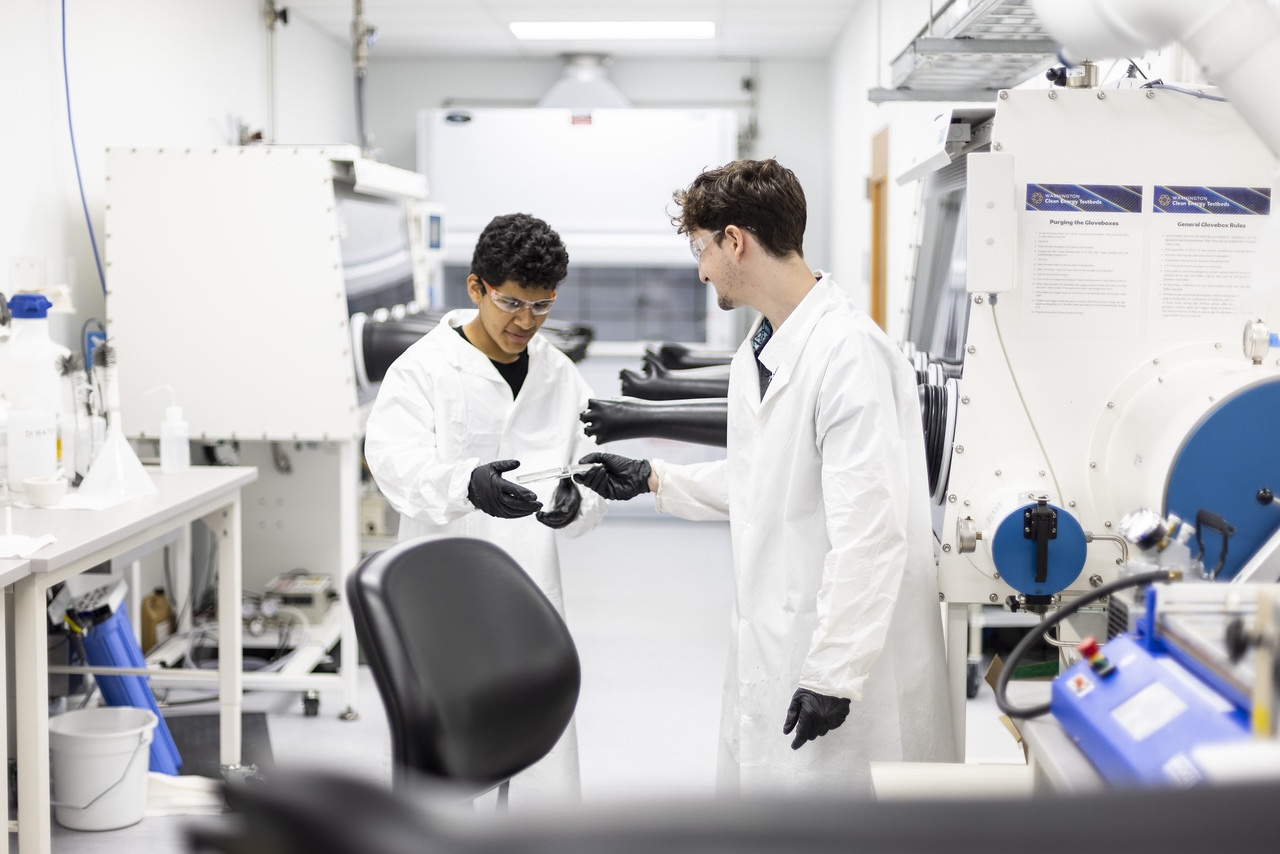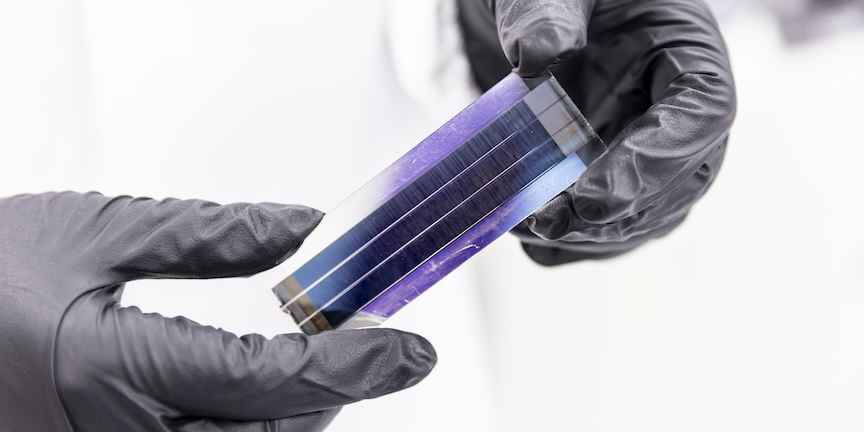
UW students Sebastian Bustos-Nuno, Vyvyan Dao, Lily Leaverton, Joy Lee win grants to perform novel clean energy research at the UW’s open-access labs for climate tech innovation
May 15, 2024
The Washington Clean Energy Testbeds, an open-access lab for climate technology innovation operated by the University of Washington (UW)’s Clean Energy Institute, has established a student award to support undergraduate research in clean energy, advanced manufacturing, and related fields.
Thanks to a generous philanthropic gift to CEI’s Innovation Fund, UW undergraduate students in their third academic year or higher are eligible to apply for a $3,000 award over three academic quarters for new research activities at the Testbeds.
“I’m delighted that the Testbeds can offer opportunities for undergraduate students to perform innovative climate tech research,” said Testbeds managing director Dr. Michael Pomfret. “Hands-on research experience in a lab is invaluable and not always available to undergraduate students. With this program, the students not only receive funding, but are mentored by graduate students, faculty, and our expert staff scientists; and get to work in the labs alongside industry users from spinouts to Fortune 100 companies.”
The first projects funded by the Testbeds Undergraduate Research Award are:
Encapsulating large-scale perovskite solar cells
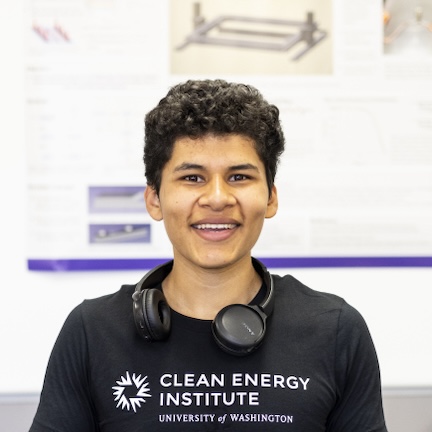
Sebastian Bustos-Nuno
Mechanical Engineering
Advisor: J. Devin MacKenzie, Associate Professor of Materials Science & Engineering and Mechanical Engineering, Washington Research Foundation Professor of Clean Energy, Washington Clean Energy Testbeds Technical Director
A major concern with perovskite solar cells is degradation under temperature, oxygen, and moisture. Solving this degradation is critical to ensuring performance stability for future product deployment. This project aims to develop an easy-to-implement encapsulation method to both protect the solar devices and prevent leaching of harmful materials from them. Specifically, this work involves research of glass encapsulation methods for large-scale perovskite devices to improve stability and the development of a standard process for commercial encapsulation of perovskite solar products.
An enlightening opportunity
Sebastian Bustos-Nuno’s project builds on research he performed at the Testbeds in summer 2023, thanks to a partnership between CEI’s Clean Energy Bridge to Research (CEBR) program and the UW Pathways for Inclusive Excellence program.
Read more >>
Developing electrode materials for fluoride-ion batteries

Vyvyan Dao
Chemical Engineering
Advisor: Vincent Holmberg, Assistant Professor of Chemical Engineering
The importance of battery energy storage is growing as we move away from carbon-based fuels. Lithium-ion batteries (LIBs) have challenges that arise from sourcing key elements like lithium and cobalt. Consequently, there is a growing importance to explore alternatives that rely on more abundant resources for sustainable battery solutions. Among potential solutions, fluoride-ion batteries (FIBs) emerge as a promising candidate due to the fluoride ion’s chemical and physical properties, as well as its high elemental abundance (13th most abundant in Earth’s crust), and large annual production relative to lithium (>100x Li).
This project involves the development of new materials to mitigate electrode degradation during operation. The primary objective is to identify earth-abundant metal fluorides capable of preventing the active material from dissolving into the electrolyte while improving electrical conductivity. These materials will then be incorporated into sol-gel materials. The successful advancement of electrode materials for sol-gel based FIBs marks a new beginning in energy storage systems, offering a compelling alternative to traditional LIBs. This breakthrough would have immediate implications across diverse industries, elevating the efficiency and reliability of electronic devices, electric vehicles, and renewable energy storage systems.
Prototyping 3D anode materials for fast charging
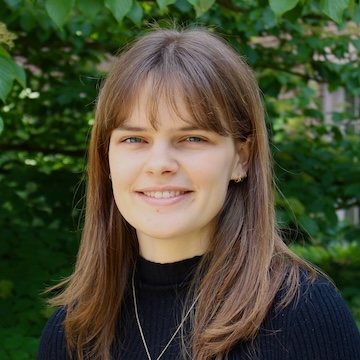
Lily Leaverton
Chemical Engineering
Advisor: Corie Cobb, Professor of Mechanical Engineering, Washington Research Foundation Innovation Professor in Clean Energy
With increasing electric vehicle (EV) demand, the importance of lithium-ion batteries capable of being charged in 15 minutes continues to grow. Graphite and silicon-based anodes face degradation challenges that hinder fast charging behavior. Li4Ti5O12 (LTO) anodes have been considered as an alternative electrode material in LIB cells for these applications. The goal of this project is to prototype LTO anodes with 3D printing technology that are competitive with graphite anodes by investigating if re-imagined electrode architectures can improve fast charging behavior. If successful, this project could lead to batteries that have the potential to be used in electric vehicles to shorten charging time to less than 10 minutes.
Optimizing low-energy-absorbing molecules for solar and battery applications
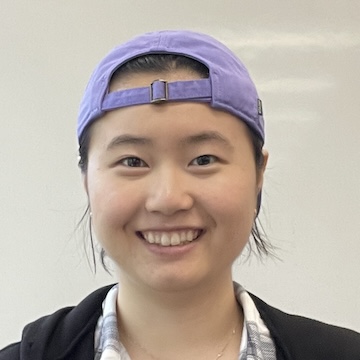
Joy Lee
Chemistry
Advisor: Cody Schlenker, Associate Professor of Chemistry, Washington Research Foundation Innovation Associate Professor in Chemistry and Clean Energy
The demand for efficient energy conversion has escalated due to global carbon-neutral efforts and the quest for sustainable power sources. Accordingly, current research is tackling key challenges in solar energy and lithium-ion battery technologies through the discovery of efficient and scalable low-energy-absorbing molecules for solar upconversion and slowing the solid-electrolyte interphase (SEI) growth that impedes electrode charging in batteries. This project aims to develop an advanced spectroscopic method for a detailed examination of the system dynamics of these molecules to allow for application-specific material optimization. Project success will contribute to material performance understanding across technologies, with the potential to impact clean energy projects on a broad scale.
Learn more about the Testbeds Undergraduate Research Award here.




